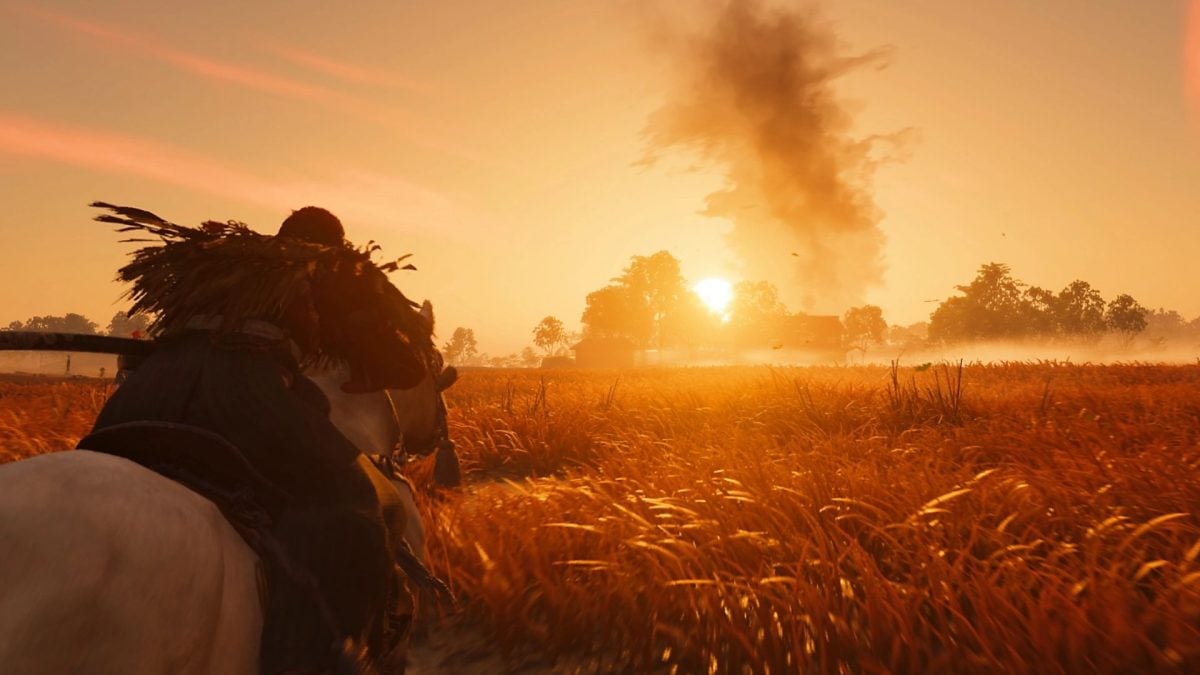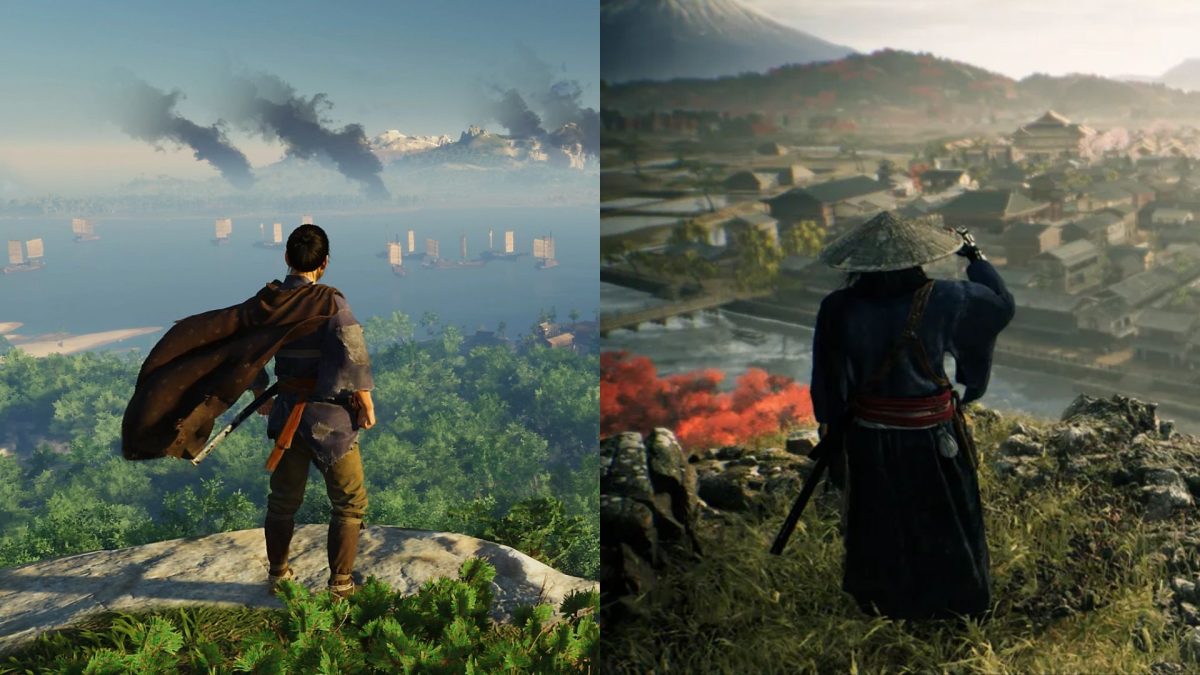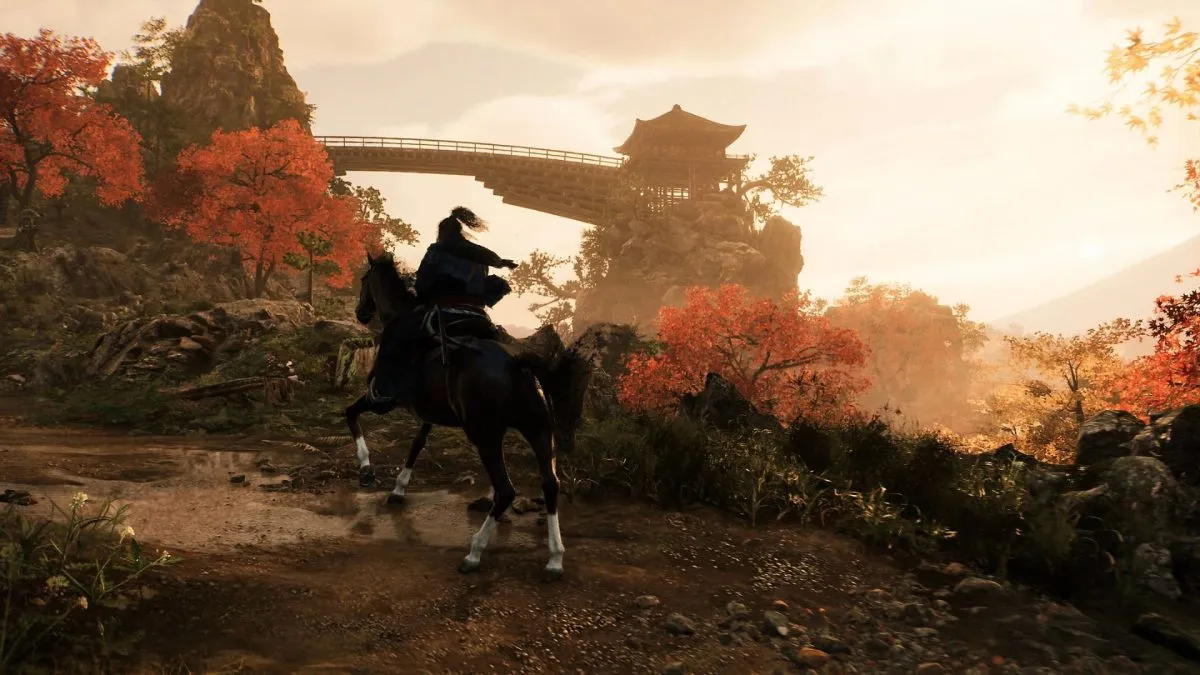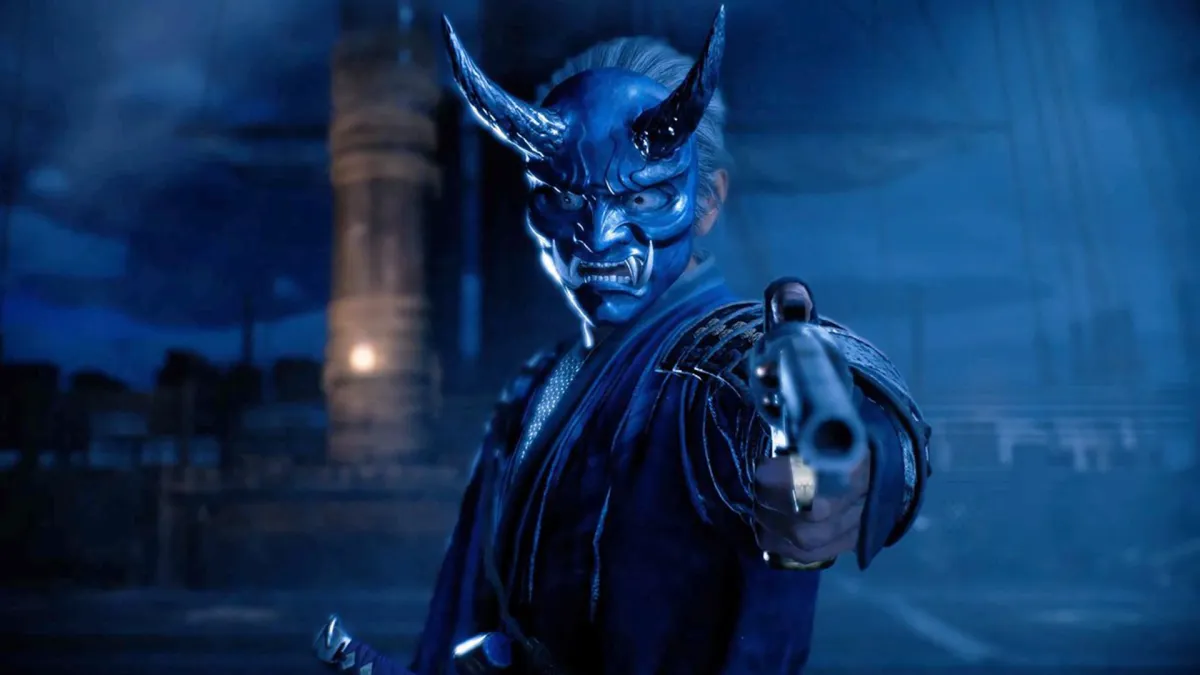The setting and gameplay elemts of Rise of the Ronin are drawing obvious comparisons to 2020’s award-winning Ghost of Tsushima, and we’re going to compare the differences between the two Japanese-inspired action games.
Rise of the Ronin is promising a look into the back end of Japan’s Edo period—a war-filled time for many. With Team Ninja at the helm, lush fields, epic boss battles, and scenery only associated with Japan beckon. But much of Rise of the Ronin, on paper, shares similarities to another combat-friendly title based in Japan—Ghost of Tsushima. From the outset, it looks like if you enjoy one, you’ll enjoy the other and vice versa, but it’s never that straightforward.
Is Rise of the Ronin like Ghost of Tsushima?

The two games most definitely share common ground, but I wouldn’t say Rise of the Ronin is too much like Ghost of Tsushima. Let me explain.
Rise of the Ronin is a Souls game
Team Ninja is notorious for making difficult titles, and the early days of Ninja Gaiden were but a mere smidgen of what was to come. The company’s new 2017 IP Nioh capitalized on the success of FromSoftware’s Dark Souls franchise, and it cemented Team Ninja’s unique take on the ever-growing genre.
While Rise of the Ronin isn’t as overtly Soulslike on the surface, especially with the addition of almost taboo difficulty settings, make no mistake, Rise of the Ronin still retains its aura of difficulty as we’ve experienced in our first few preview hours of the game. Ergo, it’s much harder than Ghost of Tsushima—and this is coming from someone who has completed Ghost of Tsushima.
You can lose Karma if you die and aren’t able to retrieve it, you have limited healing, and even on the middle difficulty setting, if you’re not prepared, Rise of the Ronin will kick your samurai booty sore.
The time periods are completely different
1274 is the year of Ghost of Tsushima, whereas Rise of the Ronin takes place in the late 19th century. Meaning, in Ghost of Tsushima, you’re largely stuck with blades and bows. On the other hand, Rise of the Ronin has short-range guns, rifles, and we’ve even seen a fully-fledged flamethrower being used in pre-release trailers!
Rise of the Ronin feels a lot more modern and accessible in comparison to Ghost of Tsushima. That’s not to disparage GOT, as I appreciate its vintage qualities and direction. Ronin is still grounded in Japan, but your experience of the beautiful nation will differ wildly compared to what you may have touched on before.
Rise of the Ronin borrows from other games, too
With Rise of the Ronin‘s character creation tools at your disposal, you can take your bespoke hero on horseback, like in Ghost of Tsushima, but also in The Witcher 3, Skyrim, and countless other open-world games. Did Ghost of Tsushima even invent the open-world genre? No. Did it revolutionize the gaming medium with its collectibles, bosses, or any other RPG gameplay feature it incorporates? Not particularly, but that’s fine.
Rise of the Ronin borrows from GOT in the same way that Sucker Punch Studios’ title did with other leading open-world franchises. If anything, I’d argue Rise of the Ronin is more unique and resourceful as it borrows from its own family of games. It carries Wo Long‘s morale system on its chest by allowing you to weaken enemies by taking down their allies, and also repurposes the genius Ki system from Nioh.
They’re simply different games
Based on what I’ve played and seen, there’s more than enough to warrant a purchase of Rise of the Ronin is you’re concerned about it being too similar. Conversely, if you’re eager to buy Rise of the Ronin on the pretense that it treads similar turf to Ghost of Tsushima, then there’s enough here to comfort you as well. It’s the best of both worlds.
If you’ve got more queries around Rise of the Ronin, we’ve also answered other burning Rise of the Ronin questions such as if it’s a PS5 exclusive, or if it features a certain Matthew Perry.






Published: Mar 13, 2024 11:41 am